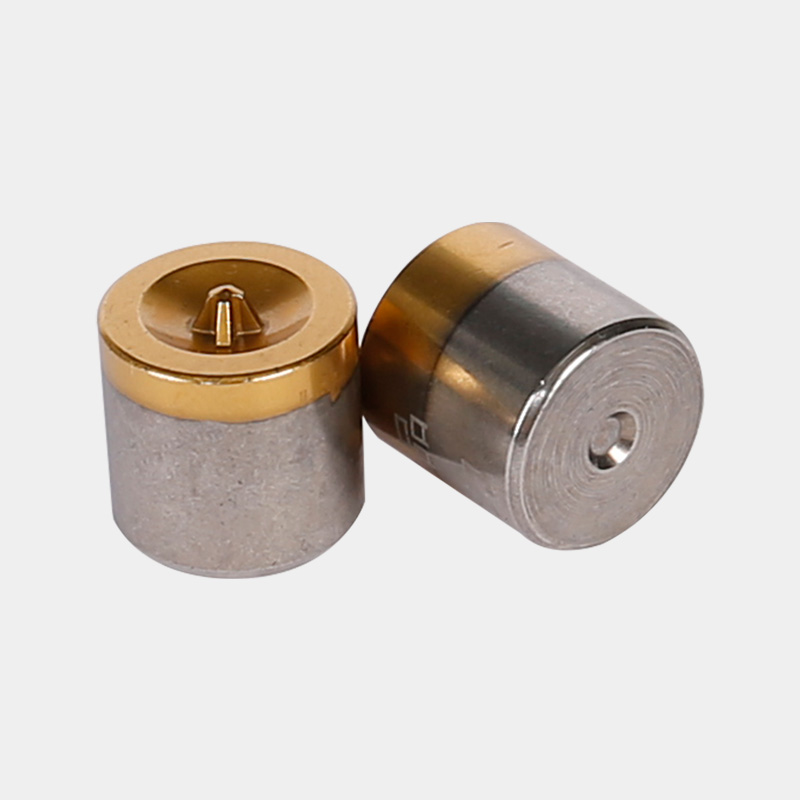The process of EDM is to copy the shape of the electrod […]
The process of EDM is to copy the shape of the electrode to the workpiece. It can be seen that the shape, size and surface finish of the electrode determine the accuracy and roughness of the shape and size of the workpiece to a certain extent. Therefore, for the electrode for precision machining, a precise manufacturing method must be used to ensure the quality of the electrode. The manufacturing of the electrode should meet the high precision requirements. The manufacturing of the precision electrode is generally completed by a high-speed machining center. After the processing is completed, the electrode should not be processed as much as possible, and the finishing and polishing should be carried out when necessary. In order to avoid the subsequent processing of the electrode affecting the accuracy of the electrode, it also puts forward high requirements on the process level of manufacturing the electrode. The material of the electrode is a key issue in precision machining. Red copper is the most used electrode material in the field of electrical processing, which can meet the requirements of higher precision processing. Consider choosing a more expensive copper-tungsten alloy electrode material. The electrode should be subjected to detailed projection measurement of the size and shape before it is used for EDM, and it should be used for processing only after it is fully qualified. In actual production and processing, there are many examples of scrapping due to the problem of electrode failure. Therefore, it is very important to grasp the manufacturing of electrodes in precision machining.
The control method of electrical specifications for high-end machine tools used in precision machining is generally intelligent control. During the processing, the computer monitors and judges the state of the EDM gap, and automatically selects the processing conditions that achieve the highest processing efficiency within the range of maintaining a stable arc. It is possible to modify the stopping time and the tool lifting condition artificially, but try not to modify the main parameters of the electric pulse (such as current, pulse width, etc.), so as not to affect the spark gap of the machining conditions selected by the machine tool. The machine tool has many configured optimal electrical parameters. When the machine tool automatically selects the processing conditions, the required input conditions should be accurately input, such as processing area, processing shape, electrode taper, electrode size scaling, shaking method, rough surface Degrees, etc. The processing conditions selected by the machine tool can generally meet the processing requirements, and the operation is simple, avoiding human intervention during the processing. Appropriate control of the machine tool used based on processing experience can easily control the electrical standard.